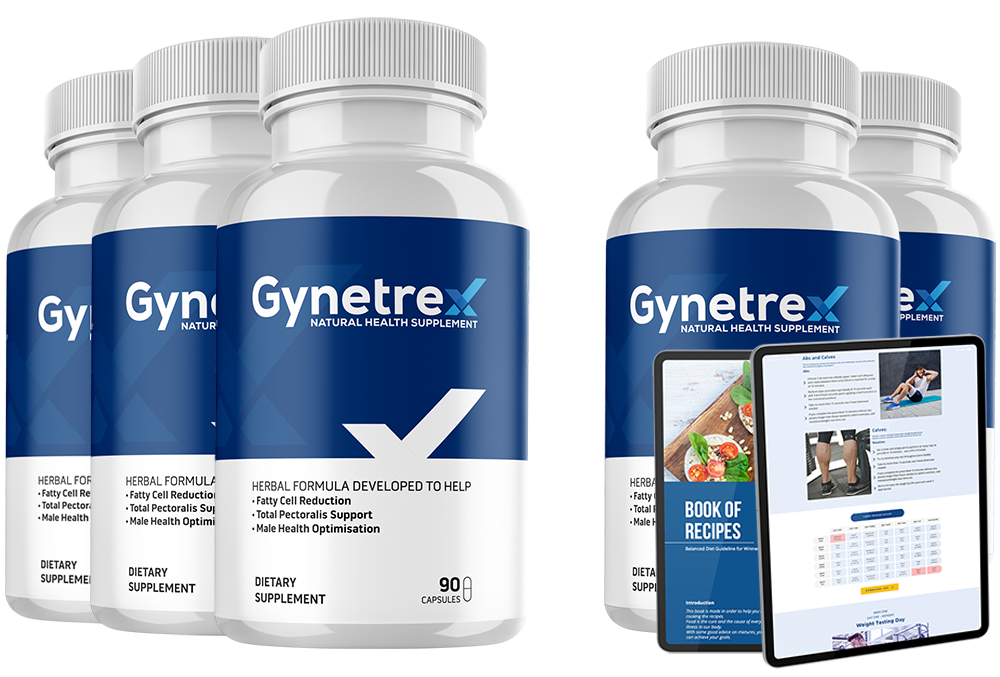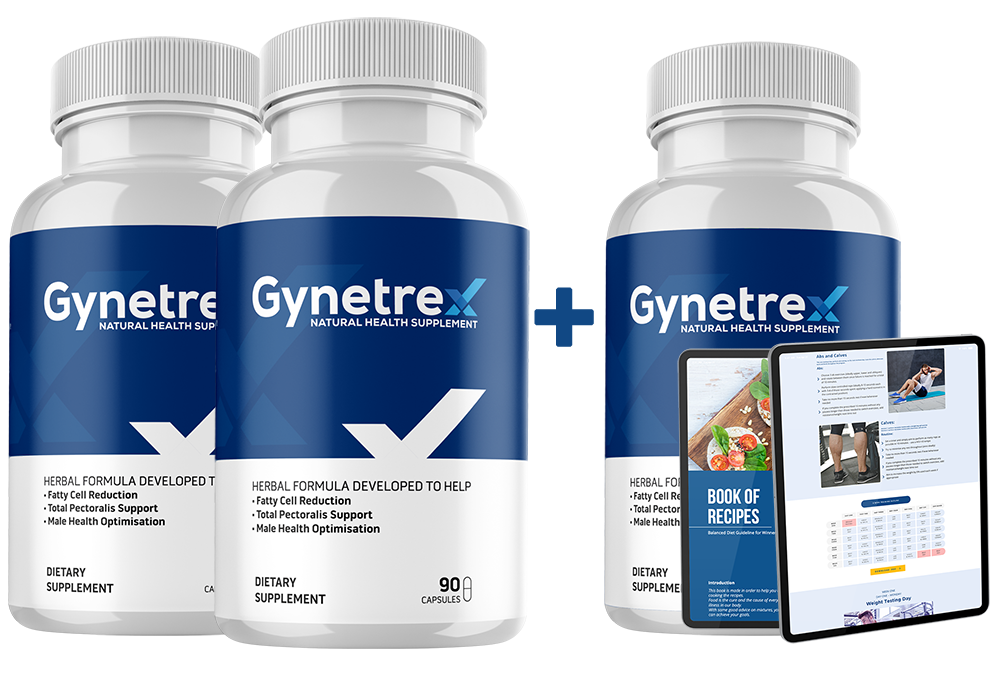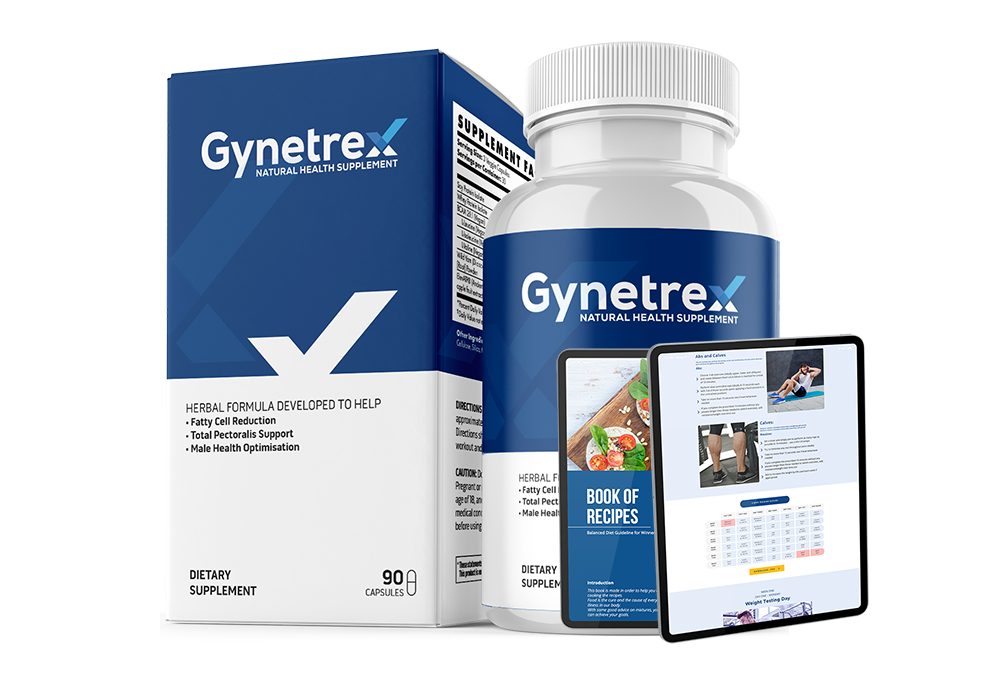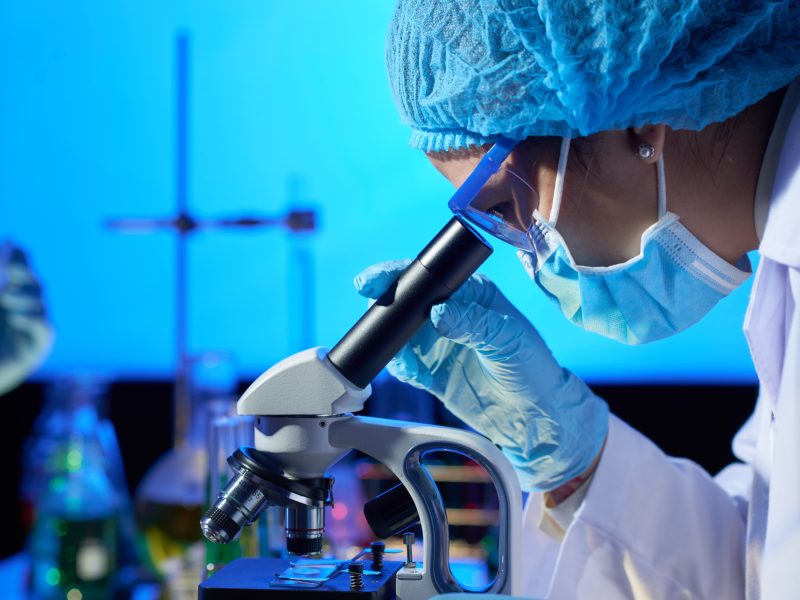Gynecomastia is a condition that occurs when males develop abnormally large breasts. It is a relatively common condition and affects around 30% of men at some point in their lives. While it is not a serious medical condition, it can cause psychological distress and self-consciousness, leading some individuals to seek treatment.
What is Gynecomastia?
Gynecomastia is characterised by the enlargement of male breast tissue. This can occur in one or both breasts and is caused by an imbalance of hormones. Specifically, it is caused by an increase in oestrogen levels or a decrease in testosterone levels in the body.
In some cases, this condition may be a temporary condition that resolves on its own. This is often the case in infants, pubescent males, and older men. In other cases, it may be a more persistent condition that requires medical intervention.
Causes of Gynecomastia
There are many different factors that can contribute to the development of gynecomastia. Some of the most common causes include:
- Hormonal Imbalances: As previously mentioned, hormonal imbalances can lead to the development of gynecomastia. This can occur during puberty, when hormone levels are fluctuating, or in older men when hormone levels naturally decline.
- Medications: Certain medications can cause gynecomastia as a side effect. These include some antidepressants, anti-anxiety medications, and medications used to treat prostate cancer.
- Health Conditions: Some health conditions can contribute to the development of gynecomastia. These include hypogonadism, hyperthyroidism, and liver or kidney disease.
- Substance Use: The use of certain substances, such as anabolic steroids or marijuana, can contribute to the development of gynecomastia.
Symptoms of Gynecomastia
The primary symptom of gynecomastia is the enlargement of breast tissue in males. This can vary in severity and can occur in one or both breasts. In addition, individuals with gynecomastia may experience tenderness or pain in the breast tissue. Here are some of the symptoms:
- Enlargement of Breast Tissue: The most obvious symptom of gynecomastia is the enlargement of breast tissue in males. This can occur on one or both sides of the chest and can range in severity from mild to severe. The breast tissue may feel firm or rubbery to the touch.
- Tenderness or Pain in the Breast Tissue: In addition to enlargement, some individuals with gynecomastia may experience tenderness or pain in the breast tissue. This can make it uncomfortable to wear tight clothing or to engage in physical activity.
- Swelling or Lumps in the Breast Tissue: Some individuals with gynecomastia may experience swelling or lumps in the breast tissue. These lumps may be tender to the touch and can cause discomfort or pain.
- Changes in Nipple Appearance: Gynecomastia can also cause changes in the appearance of the nipples. Some individuals with gynecomastia may notice that their nipples are more prominent or that the areola (the darker area surrounding the nipple) is enlarged.
- Psychological distress: While not a physical symptom, gynecomastia can cause psychological distress and self-consciousness. Some individuals may feel embarrassed or ashamed about the appearance of their chest and may avoid activities such as swimming or going to the gym.
It is important to note that not all breast enlargement in males is due to gynecomastia. Pseudogynecomastia, for example, is a condition in which breast enlargement is due to an accumulation of fat tissue rather than glandular breast tissue. It is important to seek medical attention if you are experiencing symptoms of breast enlargement in order to determine the underlying cause and appropriate treatment options.
Summary
Gynecomastia is a medical condition characterised by the abnormal enlargement of breast tissue in males. Symptoms can include breast tissue enlargement, tenderness or pain in the breast tissue, swelling or lumps in the breast tissue, changes in nipple appearance, and psychological distress. If you are experiencing symptoms, it is important to seek medical attention to determine the underlying cause and appropriate treatment options.
Diagnosis of Gynecomastia
Diagnosing gynecomastia involves a combination of medical history, physical examination, and diagnostic tests. Here is a closer look at the diagnostic process.
Medical History
The first step in diagnosing gynecomastia is to review the patient’s medical history. This may involve asking questions about the onset and duration of symptoms, any medications or supplements the patient is taking, and any underlying health conditions.
It is important for your GP to know if you have a family history of breast cancer or if anyone in your family has previously had any surgeries or treatments for gynecomastia.
Physical Examination
Your GP will perform a physical examination to check for breast enlargement and to rule out other potential causes of breast swelling, such as a breast lump or cancer. And yes, it’s true. While not as common as in women, men can suffer from breast cancer too.
During the physical examination, your GP will assess the size and shape of the breasts, the nipples, and any breast tissue that is present. They will also check for tenderness or pain in the breast tissue.
Diagnostic Tests
In some cases, diagnostic tests may be necessary to confirm a diagnosis of gynecomastia and rule out other potential causes of breast swelling. These may include:
- Blood Tests: Blood tests can check hormone levels, including oestrogen, testosterone, and prolactin. These tests can help to determine if there is an underlying hormonal imbalance that is contributing to the development of gynecomastia.
- Imaging Tests: Imaging tests, such as a mammogram or ultrasound, may be ordered to rule out other potential causes of breast swelling, such as a breast lump or cancer.
- Tissue Biopsy: In rare cases, a tissue biopsy may be necessary to confirm a diagnosis of this condition. During a biopsy, a small sample of breast tissue is removed and examined under a microscope to check for the presence of abnormal cells or tissues.
Treatment of Gynecomastia

In many cases, gynecomastia will resolve on its own without the need for medical intervention. However, if the condition is persistent or causing psychological distress, treatment options are available. Here is a closer look at the treatment options:
Medications
In some cases, medications can be used to treat gynecomastia. These medications work by blocking the effects of oestrogen or by decreasing the amount of oestrogen in the body.
Selective oestrogen receptor modulators (SERMs), such as tamoxifen and raloxifene, can be used to block the effects of oestrogen on breast tissue. Aromatase inhibitors, such as anastrozole and letrozole, can be used to decrease the amount of oestrogen produced by the body.
These medications may be effective in reducing the size of the breasts and improving symptoms of gynecomastia. However, they may have side effects and should only be used under the supervision of your GP.
- Surgery: If medications are not effective or if the gynecomastia is severe, you may need surgery. There are two main types of surgical procedures used to treat gynecomastia:
- Liposuction: Liposuction is a procedure that involves removing excess fat from the breast tissue using a suction device. This procedure is typically used for cases of gynecomastia that involve excess fat without much breast tissue.
- Mastectomy: Mastectomy is a procedure that involves removing glandular breast tissue. This procedure is typically used for cases of gynecomastia that involve a significant amount of breast tissue. Both liposuction and mastectomy can be performed under general anaesthesia and are typically outpatient procedures. Recovery time varies depending on the type of procedure performed.
- Avoiding Certain Medications: Certain medications, such as anabolic steroids and some medications used to treat prostate cancer, can increase the risk of developing gynecomastia.
- Lifestyle Changes: Making certain lifestyle changes may also be helpful in reducing the symptoms of gynecomastia. These may include:
- Reducing Alcohol Consumption: Alcohol can increase oestrogen levels in the body, contributing to the development of gynecomastia.
- Losing Weight: Excess weight can contribute to the development of gynecomastia by increasing the amount of fat tissue in the body.
In summary, treatment options for this condition include medications, surgery, and lifestyle changes. If you are experiencing symptoms of gynecomastia, it is important to seek medical attention to determine the cause of your symptoms and to determine appropriate treatment options,
Wrapping Gynecomastia Up
In conclusion, gynecomastia is a common condition that can cause psychological distress in males. While it is not typically a serious medical condition, it is important to seek medical attention if it is causing significant discomfort or distress. Treatment options are available, including medications, surgery, and lifestyle changes, to help alleviate symptoms and improve quality of life.
Looking for more advice about anything to do with keeping your body in better condition so that you can live your best life? Then head over to our ‘Your Body‘ section where you will find lots of ideas and advice.
Read More
- Why Fighting Chronic Stress Is Everybody’s Fight
- Alcohol Consumption Damage to the Body, Mind, and Family
- The Benefits of a Healthy Lifestyle
- 4 Common Ankle Injuries and How to Treat Them
- What Are The Benefits of Vaping Over Smoking?
Disclaimer: The information provided on Healthy Lifestyles for All is intended for general educational purposes only and should not be considered as medical advice. Please consult with your GP or other health professional before making any significant changes to your diet, exercise routine, or any other aspect of your lifestyle. We are not responsible for any adverse effects or consequences resulting from the use of the information provided on our blog.
Comments: I hope you enjoyed reading this post as much as I enjoyed writing it. If you liked it, please leave a comment. If you didn’t like it, disagree with something I have written (I’m okay with that), or think I got something wrong (that’s okay too), please leave a comment as well. We only truly learn from our mistakes, so I am happy to have mine pointed out.
Affiliate Links: Please also note that I may make a small amount of money if you buy one of the products I recommend in any of my blog posts. Rest assured that I have done my own due diligence, and only recommend products that have been tried and tested, and have extremely good feedback. Additionally, many of the products I recommend have 30 or 60-day money-back guarantees, so you can buy in the confidence that if a particular product is not right for you, you can get a refund.




